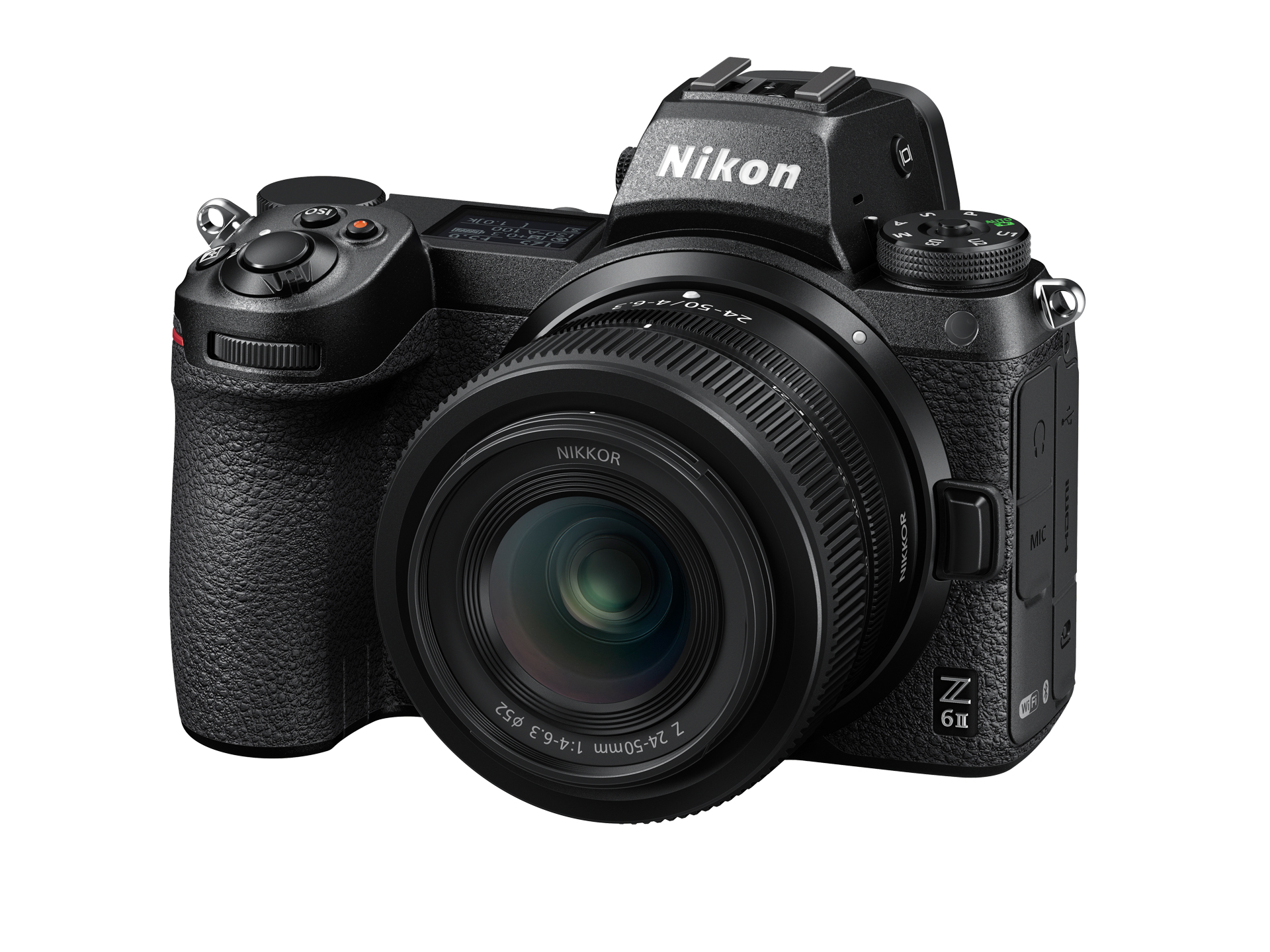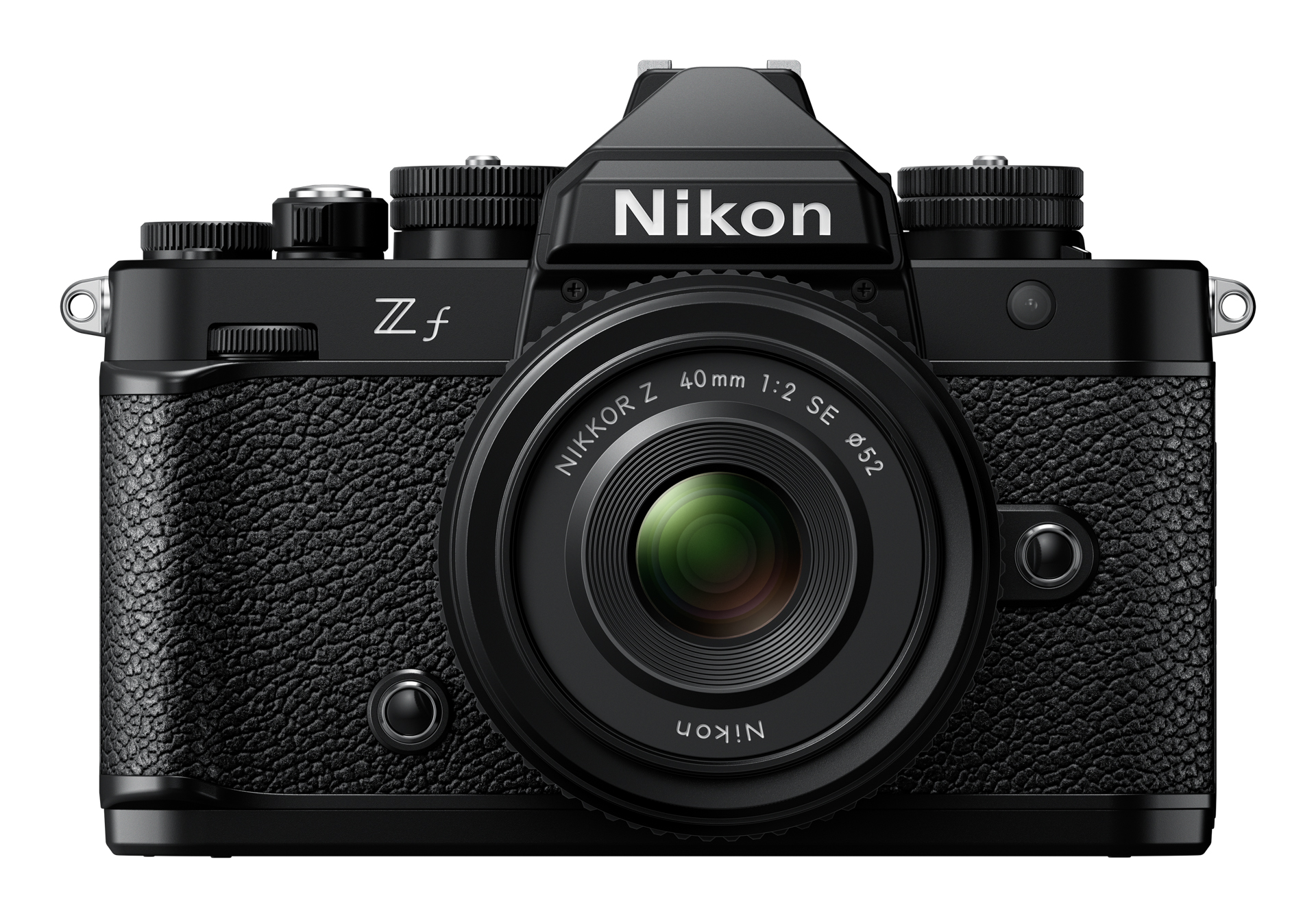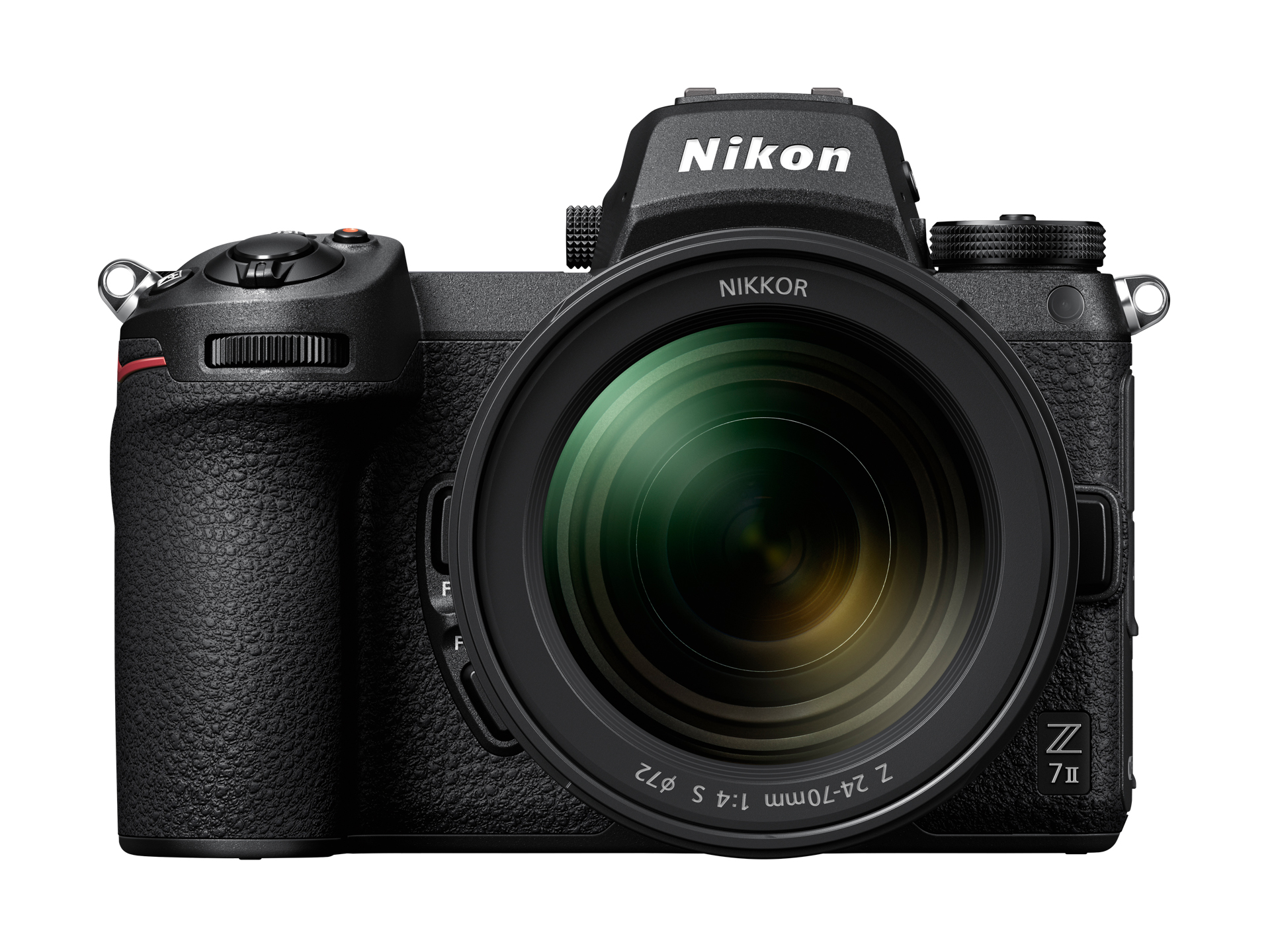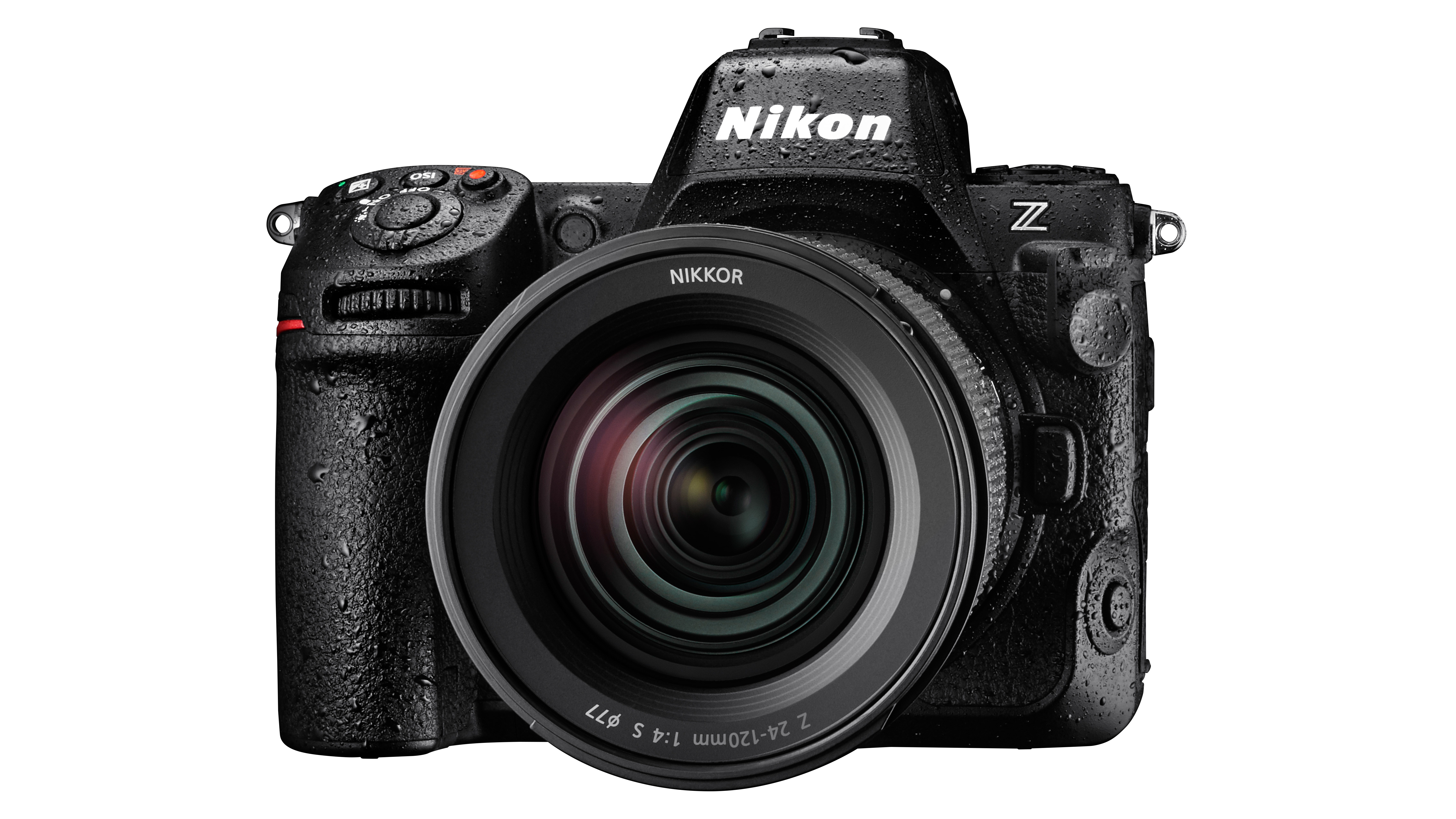How the heck do you decide which Nikon full-frame mirrorless camera is best for you?
With the arrival of the Z 6III there are now SEVEN Z-series full-frame cameras. Here's my quick guide to the key differences
With the arrival of the Z 6III, there are now no less than seven full-frame mirrorless Z-series cameras, giving buyers something of a bewildering choice.
So what are the prime differences between them? Here's our quick and dirty guide, with a competitive guide to the best prices you can currently find on each of them…
Nikon Z 5
Why you can trust Digital Camera World
The Nikon Z5 is the cheapest of the seven options. It lacks a top-panel display, has a pedestrian 4.5fps burst rate, and a slightly lower-res 24.3Mp sensor than the Z 6 II/III, while its rear LCD is only 1.04Mp rather than 2.1Mp. But it still has IBIS and card dual slots.
Nikon Z 6II
With a 14fps max burst speed and 200-shot buffer, the Z 6II is a much better choice for capturing action than the Z 5. It’s a better video performer too, with uncropped 4K video, whereas the Z 5 has a 1.7x crop.
Nikon Z f
The retro-look Z f may look like a classic film SLR from yesteryear, but inside it packs the latest tech including an EXPEED 7 processor, and better ISO, AF and subject tracking than the Z 6II.
Nikon Z 7II
It looks and feels like a Z 6II with double the number of megapixels, but the 45.7Mp Z 7II is not as good a low-light performer and has a slower 10fps burst rate. It has more AF points, at 493 rather than 273.
Nikon Z 6III
Packing much of the tech of the Z 8 into a more compact body, its 24.5Mp partially stacked sensor enables it to shoot with an electronic shutter much of the time, and it has the best EVF of any Nikon camera. Headline specs are 120fps burst rate, 1/16,000 sec shutter speed and 8-stop IBIS.
Nikon Z 8
With a fully stacked 45.7Mp sensor offering blistering readout speeds, the Z 8 does without a mechanical shutter entirely. It has many direct access controls, can shoot at up to 1/32,000 sec and has a 120fps burst rate.
Nikon Z 9
Aside from the bigger body housing a higher-capacity battery and duplicated controls for easier vertical shooting, there’s very little specs or tech-wise between the significantly cheaper Z 8 and Z 9.
Check out our guide to the best Nikon Z lenses
The best camera deals, reviews, product advice, and unmissable photography news, direct to your inbox!

Prior to joining digitalcameraworld.com as Guides Editor, Adam was the editor of N-Photo: The Nikon Magazine for seven years, and as such is one of Digital Camera World's leading experts when it comes to all things Nikon-related.
Whether it’s reviews and hands-on tests of the latest Nikon cameras and lenses, sharing his skills using filters, tripods, lighting, L brackets and other photography equipment, or trading tips and techniques on shooting landscapes, wildlife and almost any genre of photography, Adam is always on hand to provide his insights.
Prior to his tenure on N-Photo, Adam was also a veteran of publications such as PhotoPlus: The Canon Magazine, so his wealth of photographic knowledge isn’t solely limited to the Big N.







